Flat Lay Photography
Flat Lay Photography : Mastering the Art
I am a participant in the Amazon Services LLC Associates Program, an affiliate advertising program designed to provide a means for me to earn fees by linking to Amazon.com and related sites. This post may contain affiliate links, which means I may receive a commission, at no cost to you, for purchases made using my links. Please see my disclosure to learn more.
Expert Answers to Your Most Common Questions
Flat lay photography has gained tremendous popularity in recent years, captivating the attention of photography enthusiasts, bloggers, influencers, and businesses alike.
This unique photography technique involves arranging objects on a flat surface and capturing them from a bird’s-eye view perspective.
What makes flat lay photography so intriguing is its ability to transform ordinary objects into visually appealing compositions that tell stories, evoke emotions, and showcase products in a captivating way.
With its emphasis on creativity, styling, and attention to detail, flat lay photography offers a creative outlet for self-expression, a means to promote products or personal brand, and a way to engage and inspire audiences through visually striking images.
Whether you’re drawn to the artistic aspect, the storytelling potential, or the aesthetic appeal, flat lay photography has captured the imagination of many, making it a sought-after genre in the world of photography.
I’ve been getting many questions about flat lay photography lately. So… I thought it would be good to answer some of the questions:
Q: What is flat lay photography, and how does it work?
A: Flat lay photography is a technique where objects are arranged and photographed from a bird’s-eye view perspective. It involves arranging various items on a flat surface and capturing them from above, creating visually appealing compositions.
Q: What are the key elements and principles of a successful flat lay photograph?
A: Successful flat lay photographs often incorporate elements such as a well-chosen background, balanced composition, cohesive color palette, interesting textures, and a focal point. Principles like symmetry, leading lines, and negative space can also enhance the overall visual impact.
Q: What equipment is needed?
A: To get started with flat lay photography, you’ll typically need a camera (a DSLR or smartphone with a decent camera), good lighting equipment (natural light or artificial lighting), a tripod (optional but helpful for stability), and various props and objects suitable for your desired compositions.
Recommended
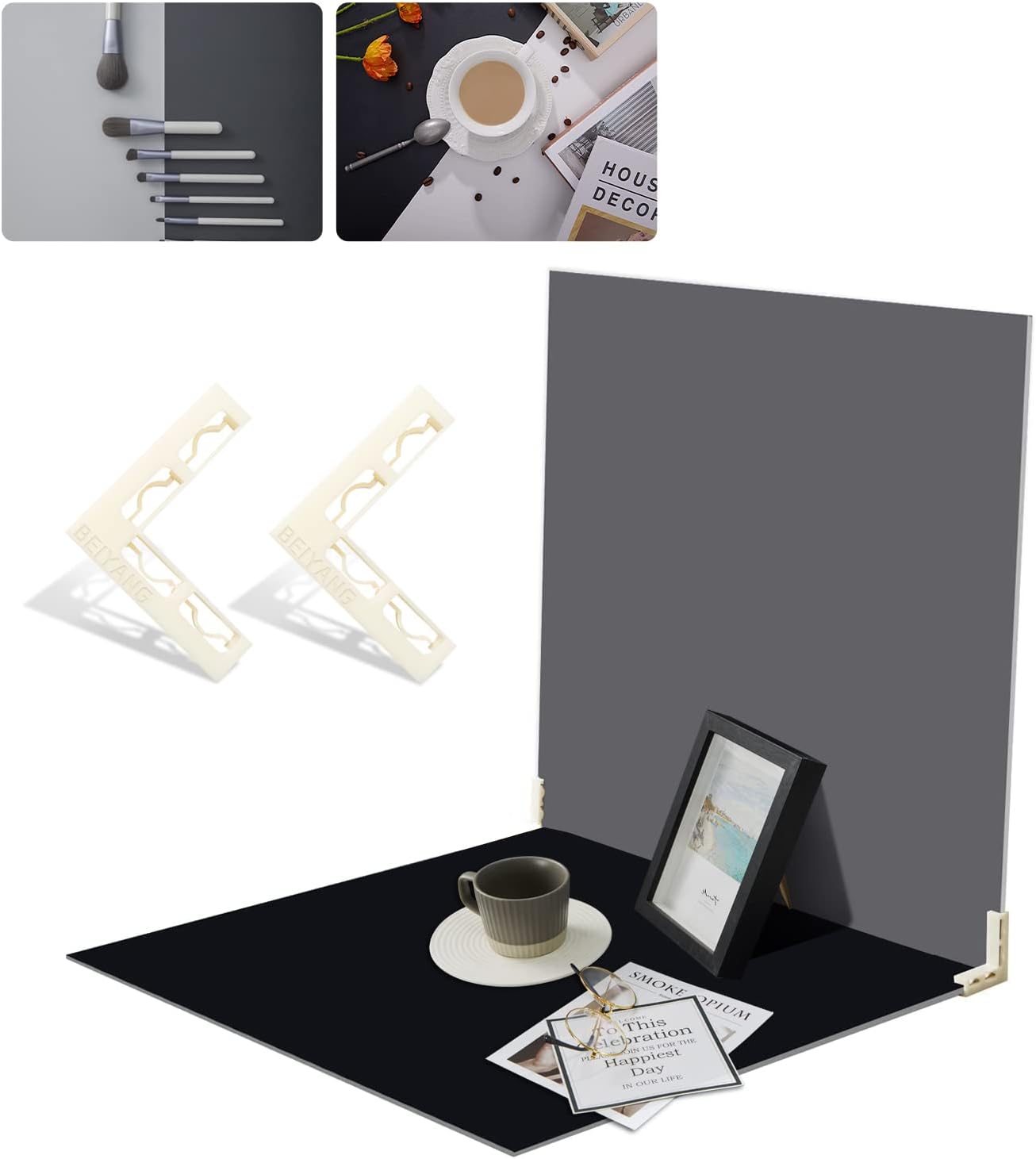
2PCS Double Sided Photo Backdrop Boards for Flat Lay
Recommended
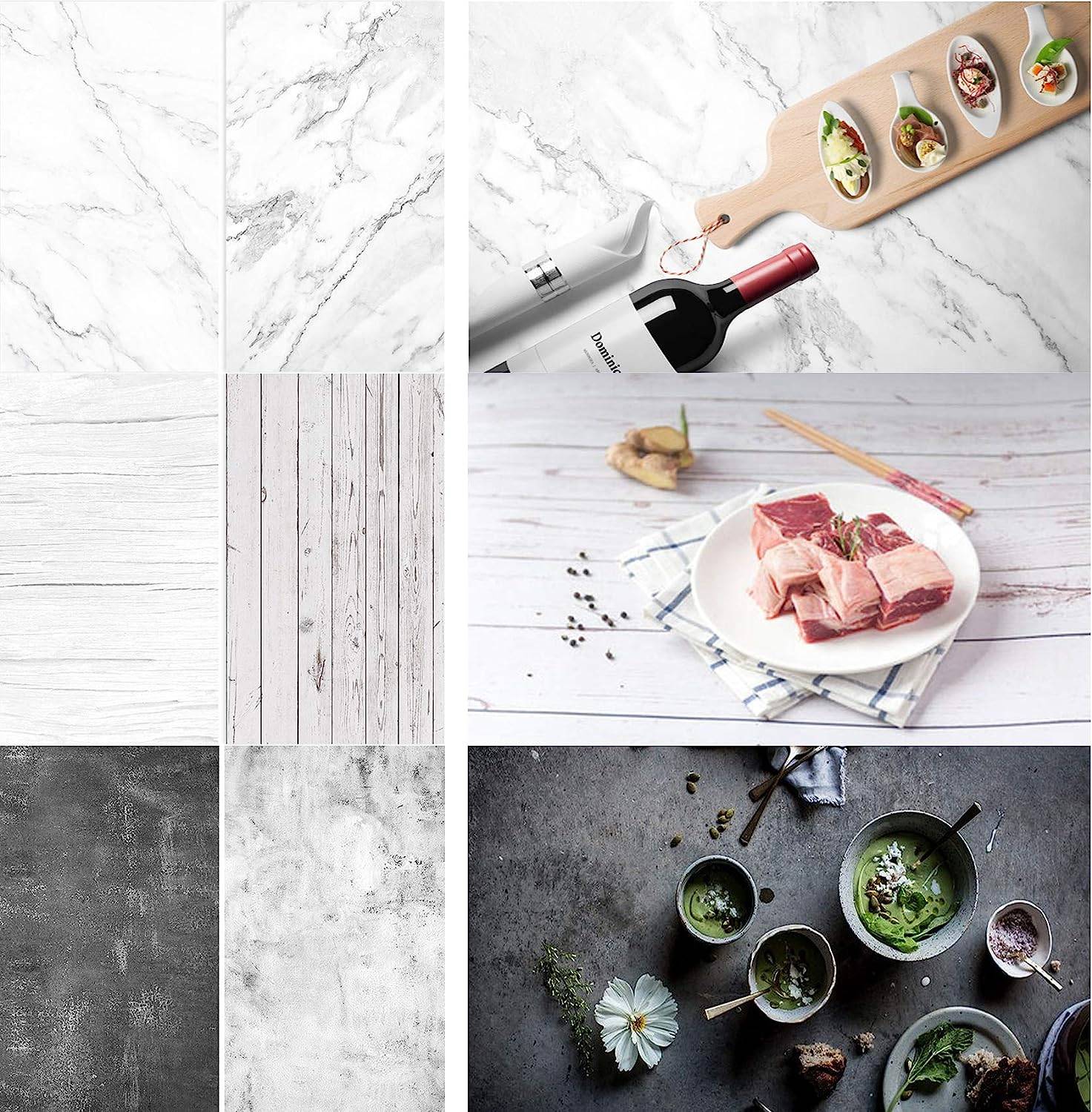
Meking 3pcs 34×22″ Photo Backdrops for Flat Lay Photography
Recommended
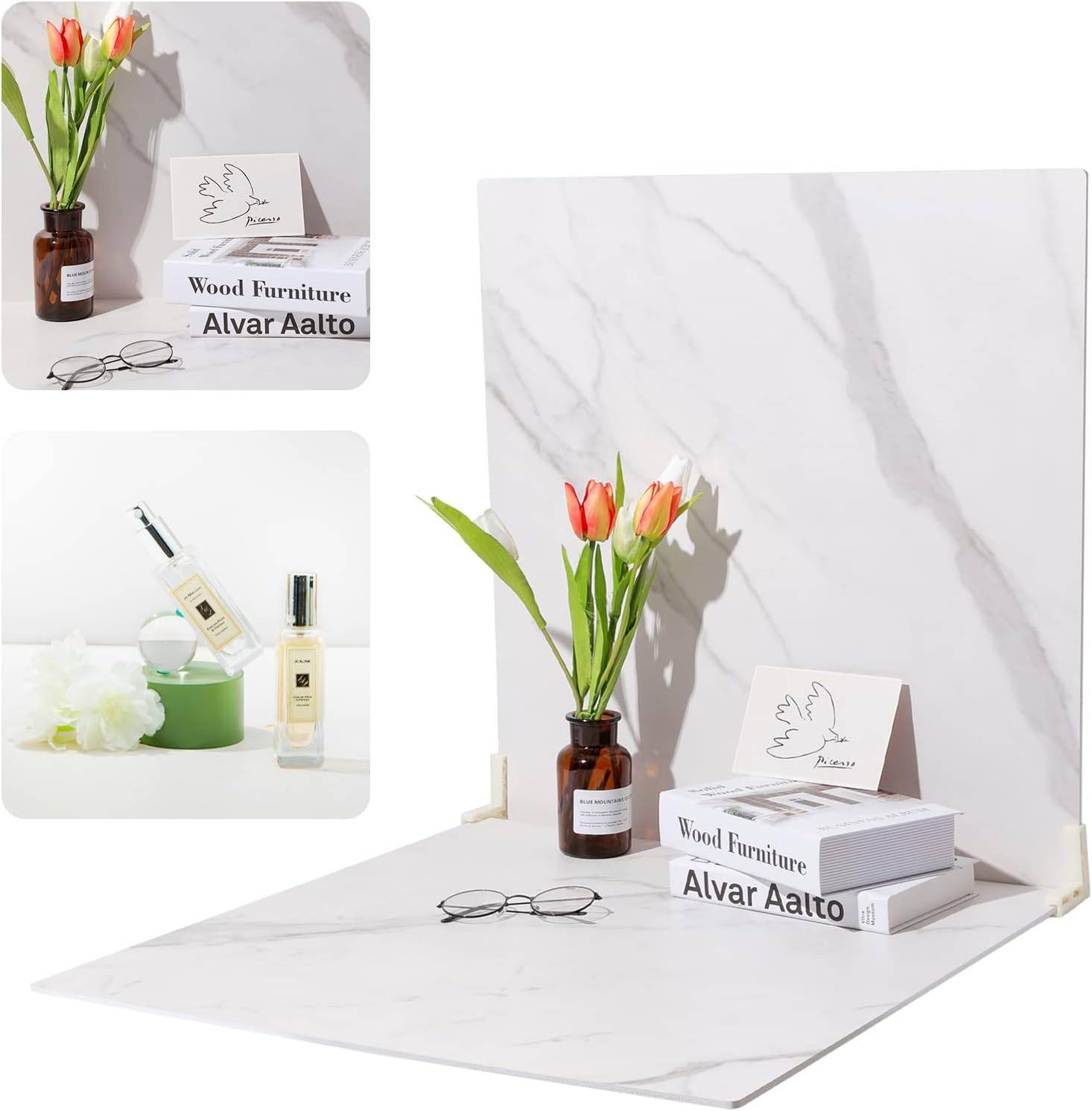
BEIYANG 2 Marble 24×24″ Backdrop Boards for Flat Lay
Q: How can I choose the right background and props for my flat lay compositions?
A: When selecting backgrounds, consider options like textured surfaces, wooden boards, fabric, or patterned paper that complement the subject. Props should be relevant to your theme or concept, and you can experiment with different shapes, sizes, and colors to add visual interest and tell a story.
Q: What are some tips for arranging and styling objects in a flat lay photograph?
A: Some tips for arranging objects in a flat lay composition include considering the rule of thirds, creating layers and depth by varying the height of objects, using leading lines or diagonals, and arranging objects in a way that complements their shapes, colors, or themes.
Q: How can I achieve proper lighting?
A: Natural light is often preferred for flat lay photography. You can shoot near a window with diffused light or use a reflector to bounce light onto the scene and minimize harsh shadows. If using artificial lighting, softboxes or diffusers can help create a pleasing and even illumination.
Q: Are there any specific camera settings or techniques I should use?
A: It’s recommended to use a smaller aperture (higher f-stop value) to ensure a larger depth of field, keeping the entire scene in focus. Manual mode or aperture priority mode can give you more control over the settings. Experimenting with angles, focal lengths, and focus points can also produce creative results.
Q: What are some popular themes or subjects for flat lay photography?
A: Popular themes for flat lay photography include food and beverages, fashion and accessories, beauty products, workspace setups, travel essentials, art supplies, and seasonal/holiday-related compositions. However, you can explore any subject that suits your style and interests.
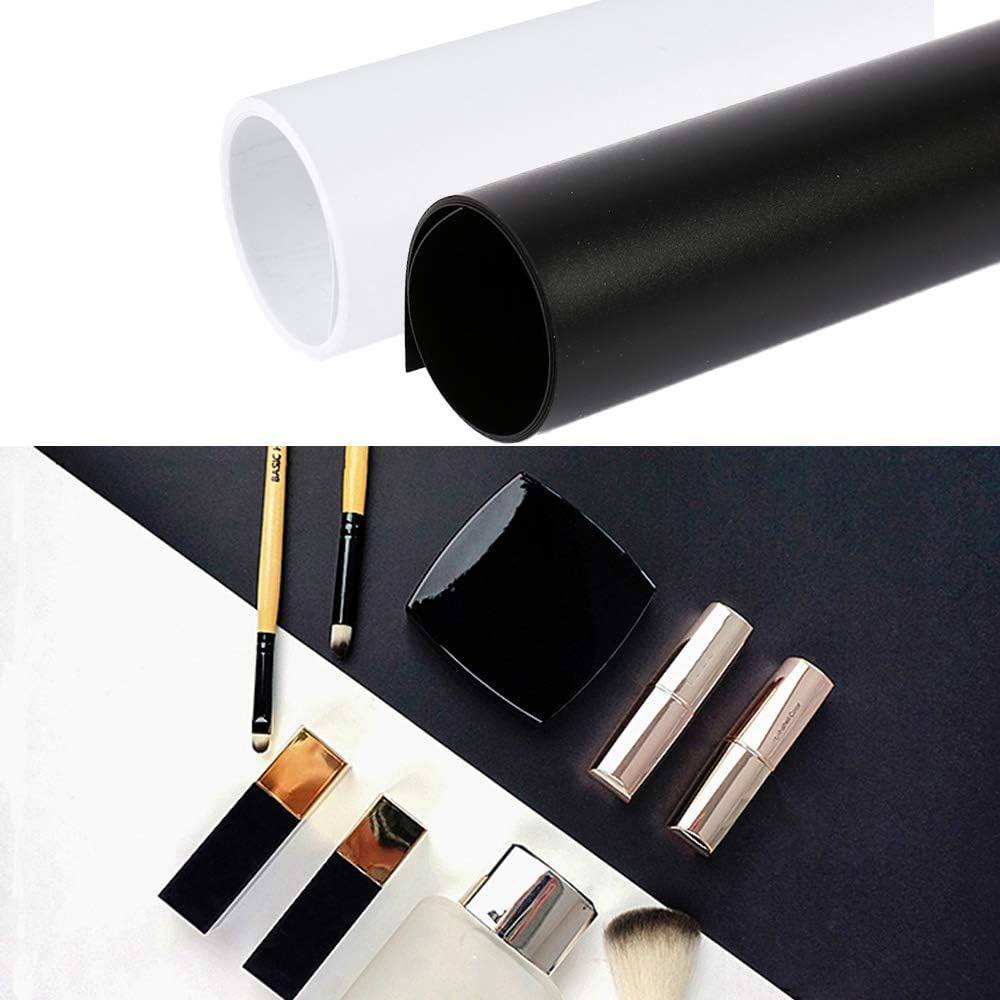
Meking 20×39 Inch PVC Backdrop, 2-Pack Waterproof Matte Photography Background for Flat Lay
Flexible PVC seamless background with a matte finish, Durable and Anti Wrinkle better than other backdrop paper, won’t tear or scratch easily, and keeps glare to a minimum.
Q: How can I edit and enhance my flat lay photographs to make them more visually appealing?
A: Editing software like Adobe Lightroom or Photoshop can help enhance flat lay photographs. Adjustments like exposure, contrast, saturation, and sharpening can be made. Cropping, straightening, and removing any distracting elements can also improve the overall composition.
Q: Are there any common mistakes to avoid when doing flat lay photography?
A: Common mistakes to avoid in flat lay photography include cluttered compositions, overuse of props, poor lighting, lack of a focal point, inconsistent color schemes, and unbalanced arrangements. It’s important to maintain a clean and visually pleasing aesthetic.
Q: How can I use flat lay photography for promoting products or showcasing my work?
A: Flat lay photography is often used for product promotion and branding. By carefully arranging products and props, considering the target audience, and capturing high-quality images, you can create visually appealing content that effectively showcases your products or work.
Q: Are there any resources or tutorials available to learn more about flat lay photography?
A: Yes, there are various online resources, tutorials, and courses available that provide guidance and tips for flat lay photography. Websites, YouTube channels, and photography blogs often offer step-by-step tutorials, inspiration, and insights from experienced photographers.
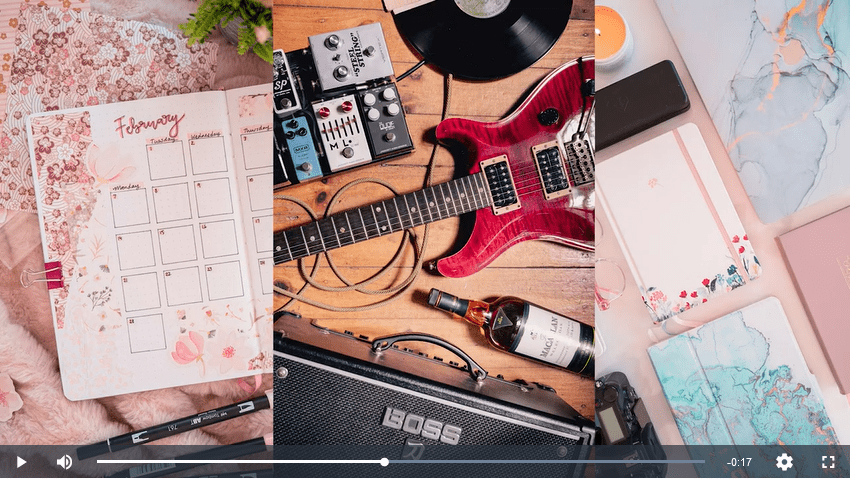
Q: What makes a powerful flat lay image?
A: A powerful flat lay image is one that captivates the viewer, evokes emotions, and effectively communicates a story or concept. Here are some elements that contribute to the power of a flat lay image:
Strong Composition:
A well-thought-out composition is crucial for a powerful flat lay image. Consider the placement and arrangement of objects, balancing visual elements, and creating a sense of harmony. Utilize leading lines, shapes, and negative space to guide the viewer’s gaze and create visual interest.
Cohesive Color Palette:
A carefully selected and harmonious color palette adds impact to a flat lay image. Colors can evoke emotions, set a mood, or create visual unity. Consider using complementary colors, analogous color schemes, or a monochromatic palette to enhance the overall impact and create a cohesive visual experience.
Clear Focal Point:
A strong flat lay image often has a clear focal point that draws the viewer’s attention. Whether it’s a prominent object, a specific area, or a point of convergence, the focal point anchors the composition and helps tell the story. Ensure that the focal point stands out and is visually compelling.
Attention to Detail:
Paying attention to small details can make a flat lay image more powerful. Consider the placement of objects, their orientation, and their interaction with each other. Look for opportunities to add visual interest through textures, patterns, or unique angles. Attention to detail creates a sense of refinement and elevates the overall impact of the image.
Narrative or Storytelling:
A powerful flat lay image often tells a story or conveys a narrative. Think about the message or concept you want to communicate and use objects, props, or arrangements that support that idea. Create a visual narrative that engages the viewer’s imagination and leaves a lasting impression.
Unique Perspective:
Experimenting with unique angles and perspectives can add a sense of intrigue and uniqueness to a flat lay image. Consider shooting from overhead, at a low angle, or incorporating a tilted perspective. A fresh and unexpected viewpoint can make an image stand out and evoke curiosity.
Emotional Impact:
Powerful flat lay images often evoke emotions in the viewer. Consider the mood you want to convey and choose objects, colors, and arrangements that elicit specific emotions. Whether it’s joy, serenity, nostalgia, or excitement, aim to create an emotional connection through your composition.
Q: How can I make my flat lay photographs stand out on social media platforms?
A: To make your flat lay photographs stand out on social media, focus on creating unique and visually captivating compositions. Use consistent editing styles, engage with your audience, employ relevant hashtags, and collaborate with other creators to increase exposure and reach.
Q: What are some alternative techniques or variations I can use?
A: There are several alternative techniques or variations of flat lay photography, such as knolling (arranging objects at 90-degree angles), overhead shots with human subjects, incorporating hands or other body parts into the composition, or creating themed flat lays like bookstagram or stationery flat lays. These variations offer different creative possibilities.
Final thoughts
Flat lay photography is a popular and creative technique that involves arranging objects on a flat surface and capturing them from a bird’s-eye view perspective.
By considering key elements such as composition, lighting, props, and backgrounds, one can create visually appealing and engaging flat lay photographs.
Whether you’re a beginner or looking to refine your skills, there are various resources available to learn and improve in this field.
With practice, experimentation, and attention to detail, you can master the art of flat lay photography and create captivating images that tell stories, promote products, or showcase your work.
So grab your camera, gather some interesting objects, and start exploring the exciting world of flat lay photography.
Click here for more Flat Lay Photography Ideas
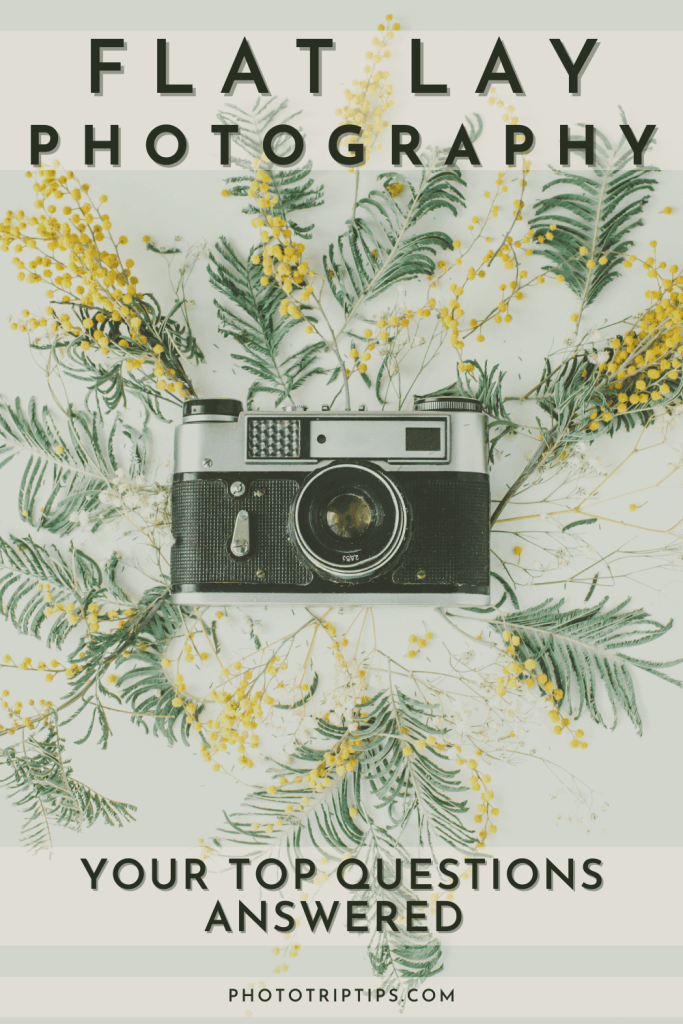


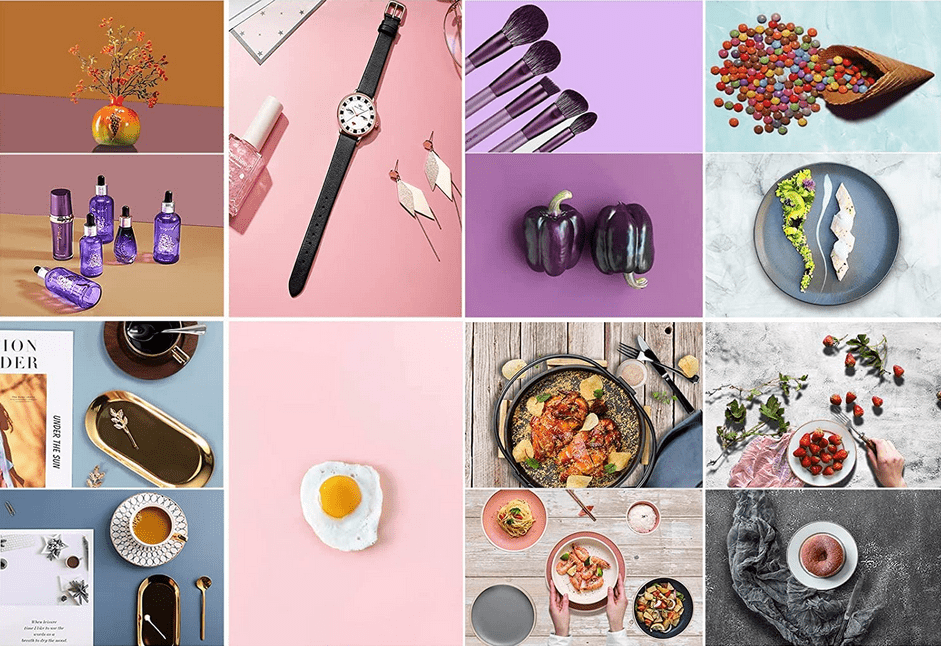

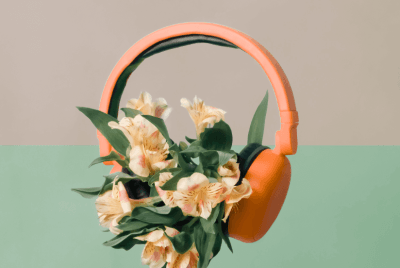

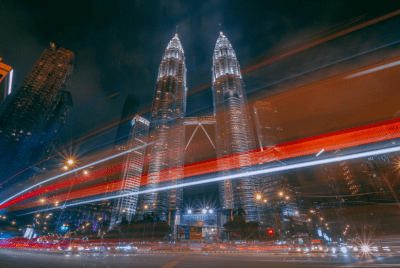

Comments are closed.